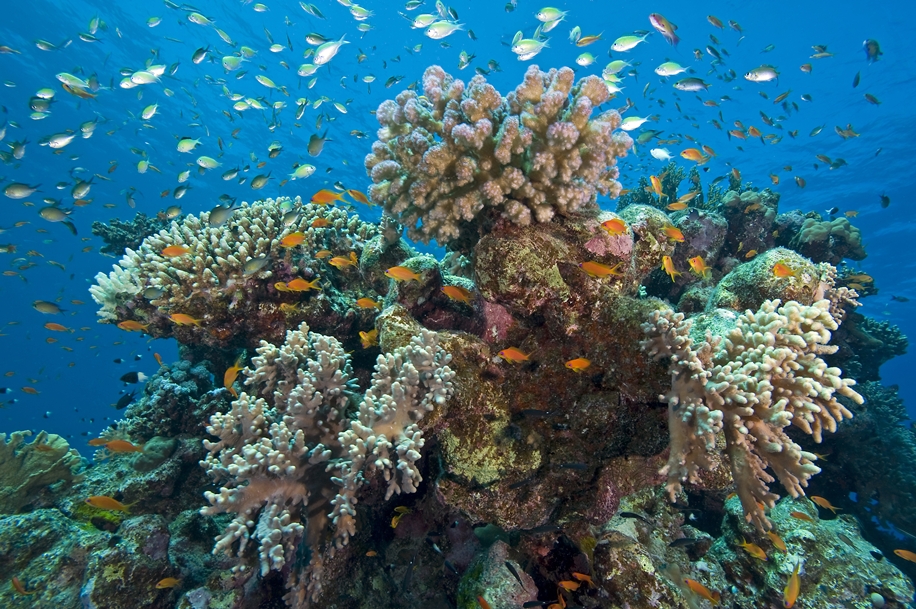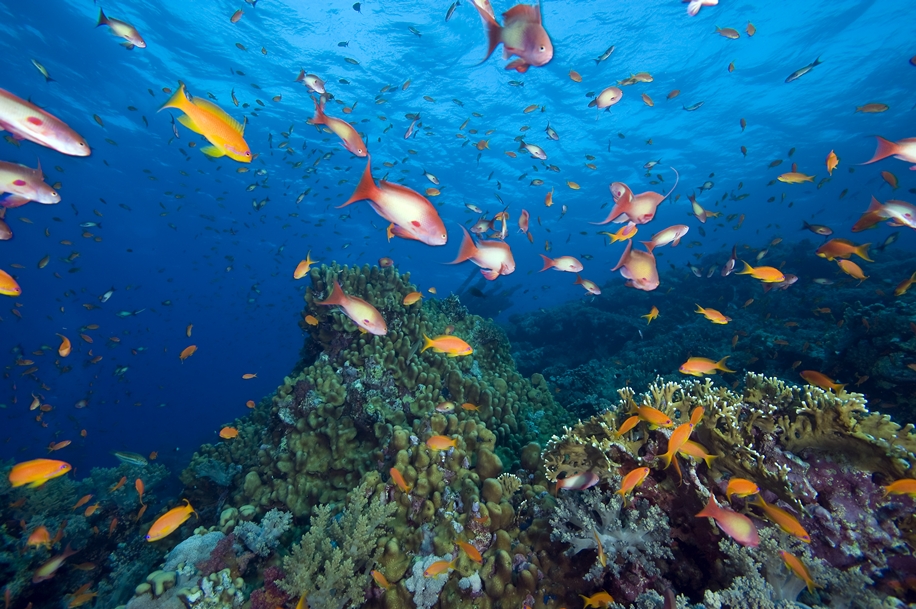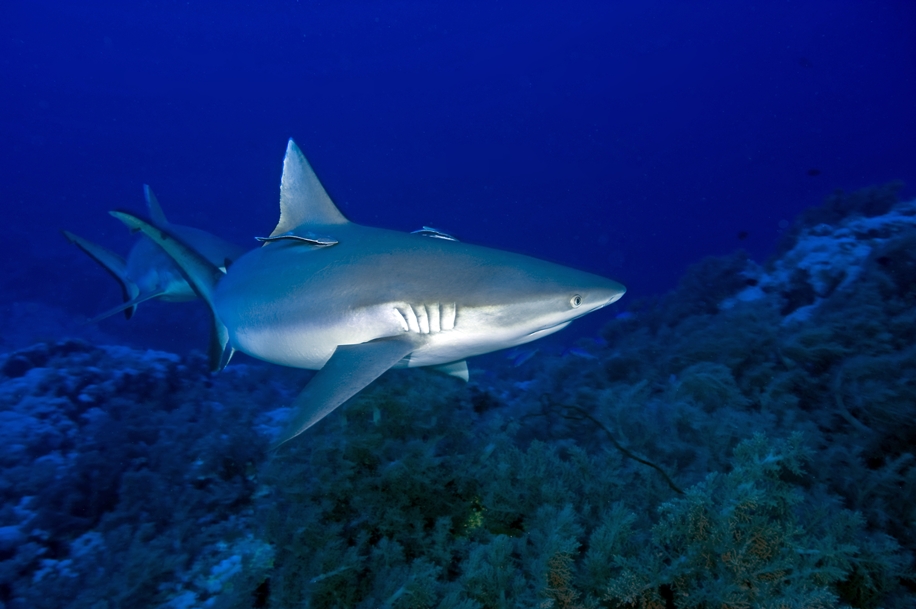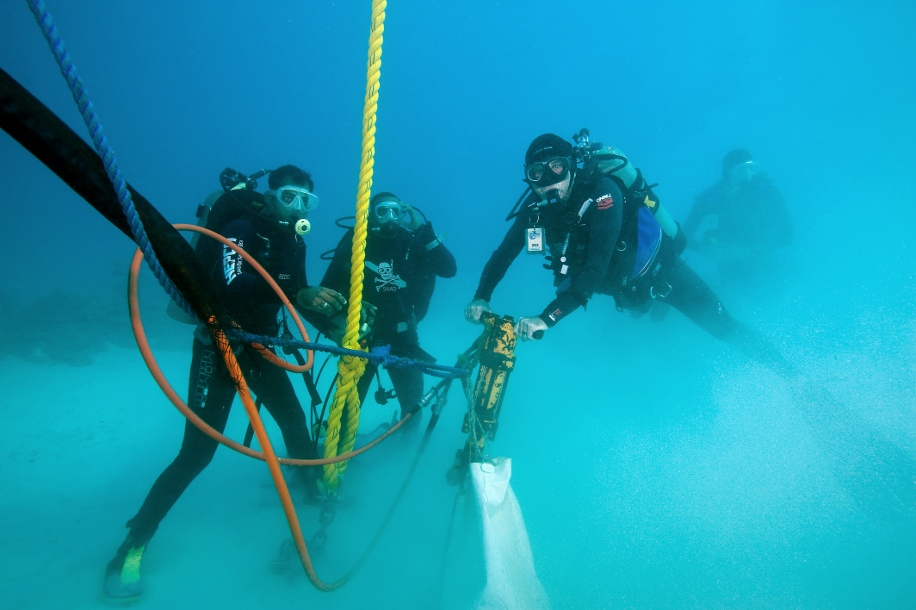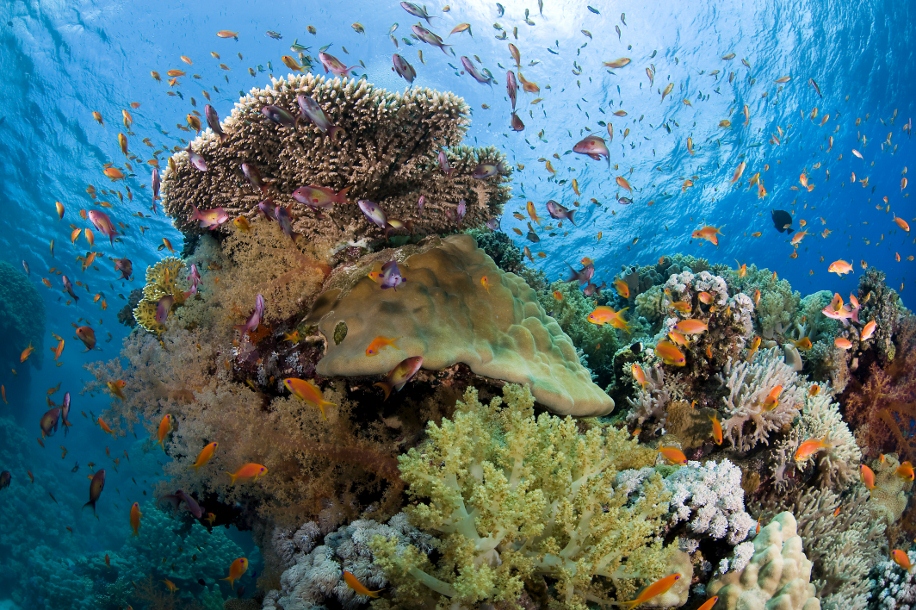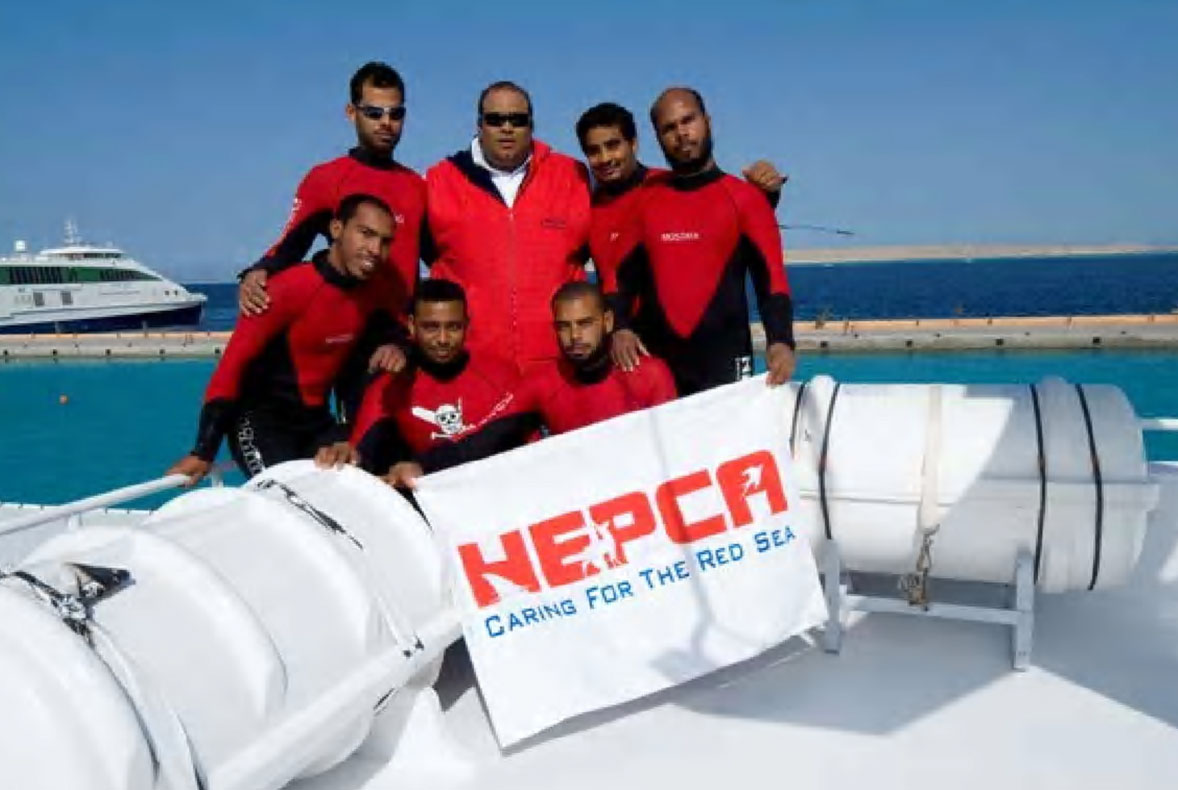The Egyptian government has designated the Red Sea coast for tourism development since the early 1980s. In 2003, Egypt’s Ministry of Environment, with the support of the Red Sea Governate, declared Wadi El Gemal Hamata WGNP as a national park. The park encompasses almost 494,100 acres. It has been nominated as a Biosphere Reserve, which will raise its potential for ecotourism and related job opportunities. Coral reefs in the area are among the most diverse (240 species) in the Egyptian Red Sea. They are home to about 1,000 species of fish and marine invertebrates.
The Hurghada Environmental Protection and Conservation Organization (HEPCA) was founded in 1992. Their initial mooring project has evolved into the largest mooring network in the world, with over 1,000 moorings protecting reefs and wrecks. Working with HEPCA, Seacology will fund the installation of 25 mooring buoys in dive sites around five islands in the national park.


